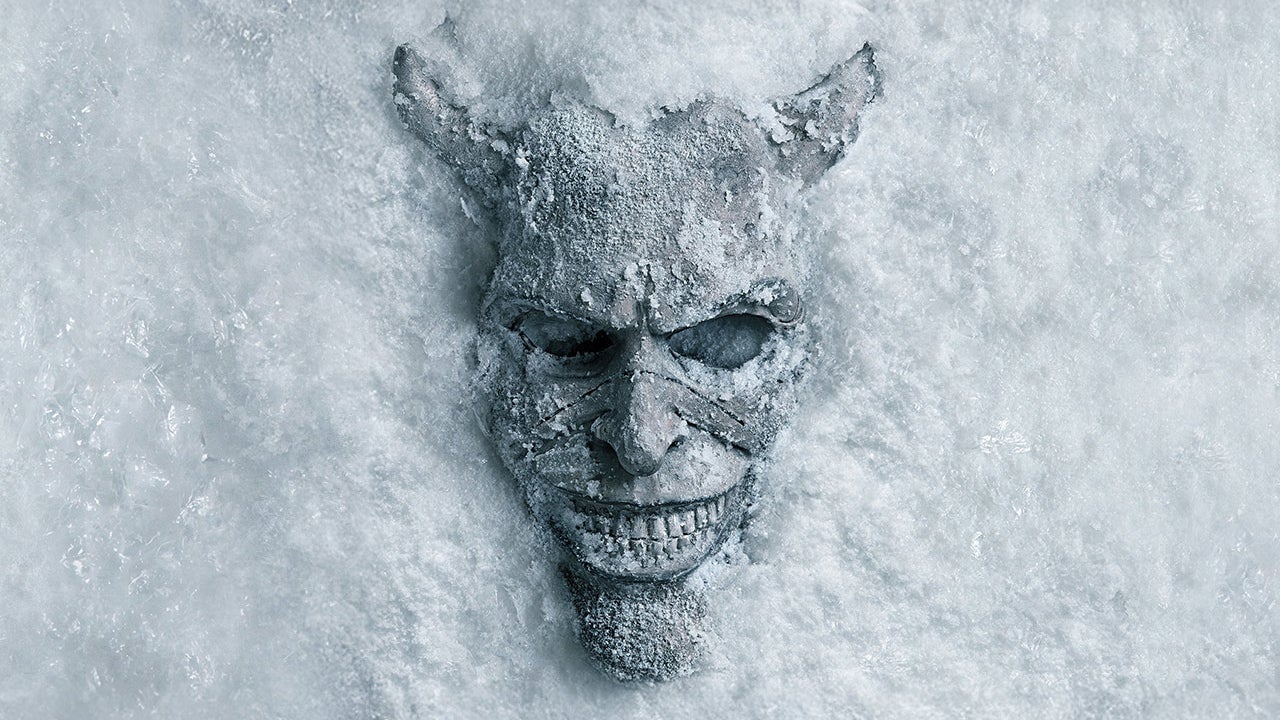In film Poor creatures Nominated in 11 categories for the 2024 Oscars, Yorgos Lanthimos has a lot going on at once. On the one hand, Bella Baxter (Emma Stone) doesn’t just want to try to discover all aspects of existence. In addition, he longs to understand the purpose of his existence and, above all, what he should expect from the world now that he is in it and has an insatiable need to enjoy it. On the other hand, it is a completely naked vision of various sci-fi tropes related to women. And also to freedom of the body, conscience and search for identity. And all this in amazing scenery and production, which surprises with its visual boldness.
But beyond the tongue-in-cheek jokes about what it means to be a man and a woman in this world, sex, life and death, Poor Creatures touches on some very heavy topics. Each of them has been analyzed properly. So much so that as the film progresses, the mocking and sometimes grotesque vision of the human being becomes more apparent than ever. Additionally, its premise changes and becomes more dense. We are talking not only about the conditions under which a woman can be free and what the meaning of this freedom is.
At the same time, it is a reflection on how art, literature, science and culture understand women. Bella, born in the laboratory of scientist Godwin Baxter (Willem Dafoe), understands no limitations. But she is also determined to see how complex and sensual life can be. This leads her to a hedonistic search for her identity and place in the world. There’s a lot of sex, laughter and philosophical talk along the way. However, there are five controversial ideas in particular that the film brings to a new dimension of debate and reflection. We leave you with a list of the brightest and strangest. Our review contains spoilers, so if you have not seen the film, we recommend that you carefully consider what you read below.
Theorem of life and death
Bella is alive thanks to a human decision; not by nature. Like Frankenstein Mary Shelley and the reference book on which Alasdair Gray’s film is based are the result of an experiment. A scientist he calls father took the body of a woman who committed suicide while pregnant and reanimated it. And this is after transplanting the child’s brain into a corpse.
The result was a hybrid creature with the size and biological age of an adult, but the brain and all the gluttony of a child. This results in Stone’s character’s behavior becoming frantic, desperate, at times and almost always violent, free of any connections. The latter, because according to his vision of things, There is nothing to fear, nothing to enjoy.
Beneath the extravagant premise lies a careful view of life. Who has the right to give it and take it away, even if it is their own. Yorgos Lanthimos’ film goes deeper and examines the right to the body, as well as the possibility that the biological need for survival is primitive. That is: it does not depend on any divine or mystical intervention. The debate seems to go a little further, analyzing situations such as suicide and prenatal life, as scientific facts are separated from human ones. Which opens up questions about abortion, the right to die, and a number of ideas that the film explores in loose allegory.
Sex and pleasure

Godwin spends time and interest in analyzing the physical and mental development of his creation. But Bella surpasses all her calculations when she discovers that her body is completely sensory. Tony McNamara’s script takes masturbation as a starting point to convey a vision of freedom and lack of moral ties.
On the one hand, it parodies the Enlightenment—and the 19th-century sense of intellectual growth—as Belle discovers herself, not through books. This happens through sexual desire and need. On the other hand, think about the frequent the theme of the Fall – or virginity – only this time it’s a wild sexual awakening.
In the film, the symbol of Eve, a simile that is used more than once in Belle’s analysis, is transformed into the ability to be whole. So much so that the analogy becomes complete when Belle escapes from her exquisite world, in which she finds herself captured by Duncan Wedderburn. Mark Ruffalo’s character represents temptation and fall.
Contrast of libertine and freedom

One of the most interesting aspects of the film is also the examination of some science fiction themes, analyzing them from a new point of view. Specifically, an outspoken being seeking its place in creation. A point that Mary Shelley used in Frankenstein by having her monster travel through the human world to understand himself, orphaned and rejected by Victor. Alasdair Gray also does this in his book, showing Bella as a being who is not subject to any limitations.
But it is the film that manages to subvert several sci-fi ideas associated with the female figure. Bella is naive, but never innocent. She is also free and promiscuous, two ideas that are usually opposed in this genre. But in the film they are developed through the character’s ability to make decisions. In fact, he has a deep intelligence and understanding of his body. which begins with the need to enjoy carnal pleasures in all their extremes.
Beauty has no shame, guilt or modesty as Victorian (or modern) culture understands both terms. And by rejecting these concepts, he breaks with a paradigm that may be libertine, but never free. Bella is both, and even a being who manages to belong to no one (or anything) thanks to her insatiable lust for life.
From shadows to color

Yorgos Lanthimos makes good use of cinematic elements to tell how Bella moves from darkness (not recognizing herself) to fullness of existence. The film’s early sequences are in black and white, before transitioning to shimmering colors and fish-eye perspective. The message is clear. Life, or how we understand it, depends on how we can satisfy the thirst for experience.
This is a perverse and controversial idea because it goes beyond morality. Bella discovers that if the body and mind are created only to be enjoyed, all ethics or sense of what is permitted disappears. A perspective that relates to the noble savage or even to the complete enjoyment of primitive nature in the style in which mythology represents Eve.
Physical strength and mental strength

Another controversial concept that crosses poor creatures, is the thought of force emanating from the body. Bella rejects all connections, obligations or the need to communicate directly with any other person, not out of cruelty. In fact, he does this in search of individuality and without fear that the decision he makes will burden him with responsibility and guilt.
In the final scene, the film made it clear that Bella was an experiment that, at the time, had failed. But in the future it is a new way of understanding desire, lust and intellectual pursuit. A premise that Tony McNamara’s script maintains until its superb final scene.
Source: Hiper Textual













